Before there were billion-dollar car brands, there were just people—usually one determined, obsessed, or outright stubborn individual with a vision and a set of greasy tools. The story behind your favorite car often starts in a workshop, not a boardroom. These are the founders who didn’t just build cars—they built legacies that still shape what we drive today. From racing legends to mechanical purists, these names aren’t just on badges—they’re behind every curve, roar, and reputation. Let’s meet the men who started it all.
Karl Benz – Mercedes-Benz
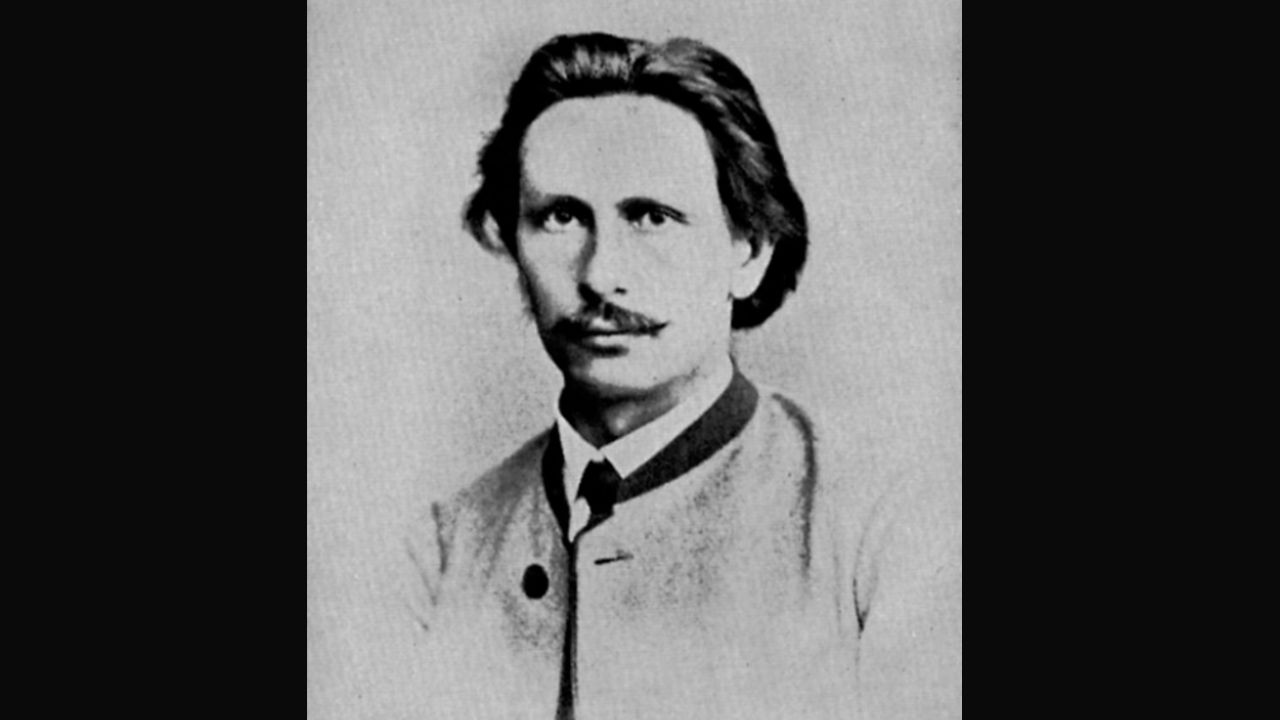
Karl Benz didn’t just start Mercedes-Benz—he more or less invented the car. In 1885, Benz built the Benz Patent-Motorwagen, a three-wheeled, gas-powered contraption widely credited as the world’s first automobile. He patented it the following year and changed personal transportation forever.
Mercedes-Benz would later combine Benz’s work with that of Daimler, but Karl’s name remained part of the brand and the legacy. What started as a small engineering company became a global luxury and performance powerhouse. It all traces back to one man with an engine and an idea.
Henry Ford – Ford Motor Company
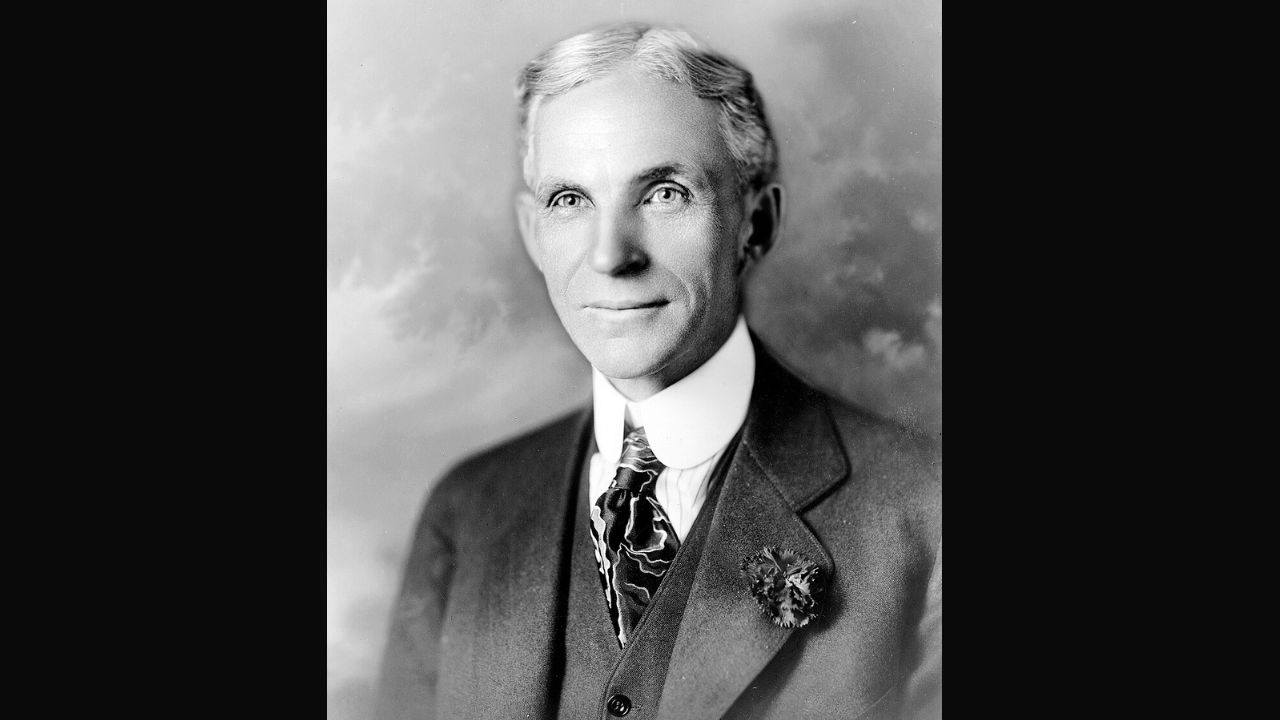
Henry Ford didn’t invent the car, but he made it affordable. With the 1908 Model T and the moving assembly line, Ford revolutionized manufacturing and put America on wheels. He believed in building simple, durable cars for the everyday worker—a vision that worked.
The Ford Motor Company became a cornerstone of American industry and global mobility. Ford’s influence wasn’t just in what he built, but how he built it. His ideas reshaped transportation, economics, and labor, and his cars became icons of freedom and self-reliance.
Enzo Ferrari – Ferrari
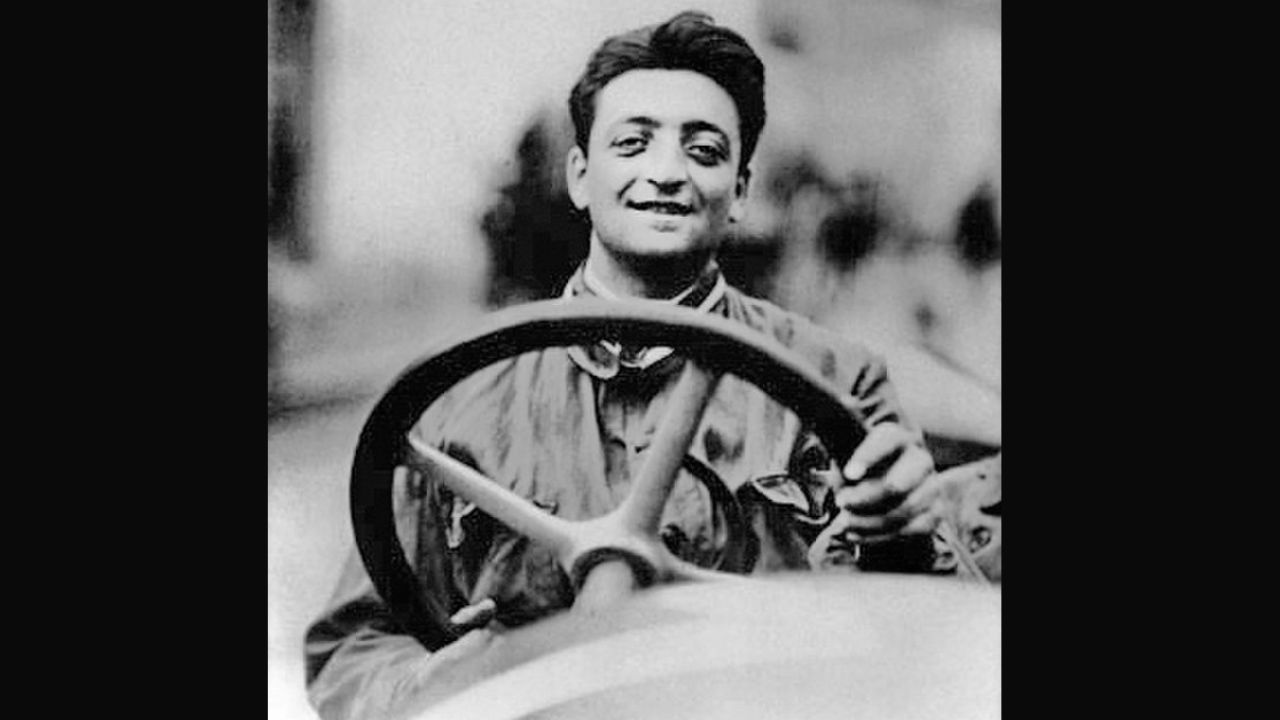
Enzo Ferrari started as a race car driver and team manager long before building his first road car. He founded Scuderia Ferrari in 1929 to support racing efforts, but didn’t offer a street-legal car until 1947 with the 125 S. Still, Ferrari never wanted to build road cars—he did it to fund racing.
His passion for motorsport defined the brand. Ferrari became the gold standard for performance and prestige, blending competition DNA with Italian design. Enzo ran the company with a racer’s ruthlessness and a perfectionist’s eye—traits that still define Ferrari today.
Soichiro Honda – Honda Motor Co.
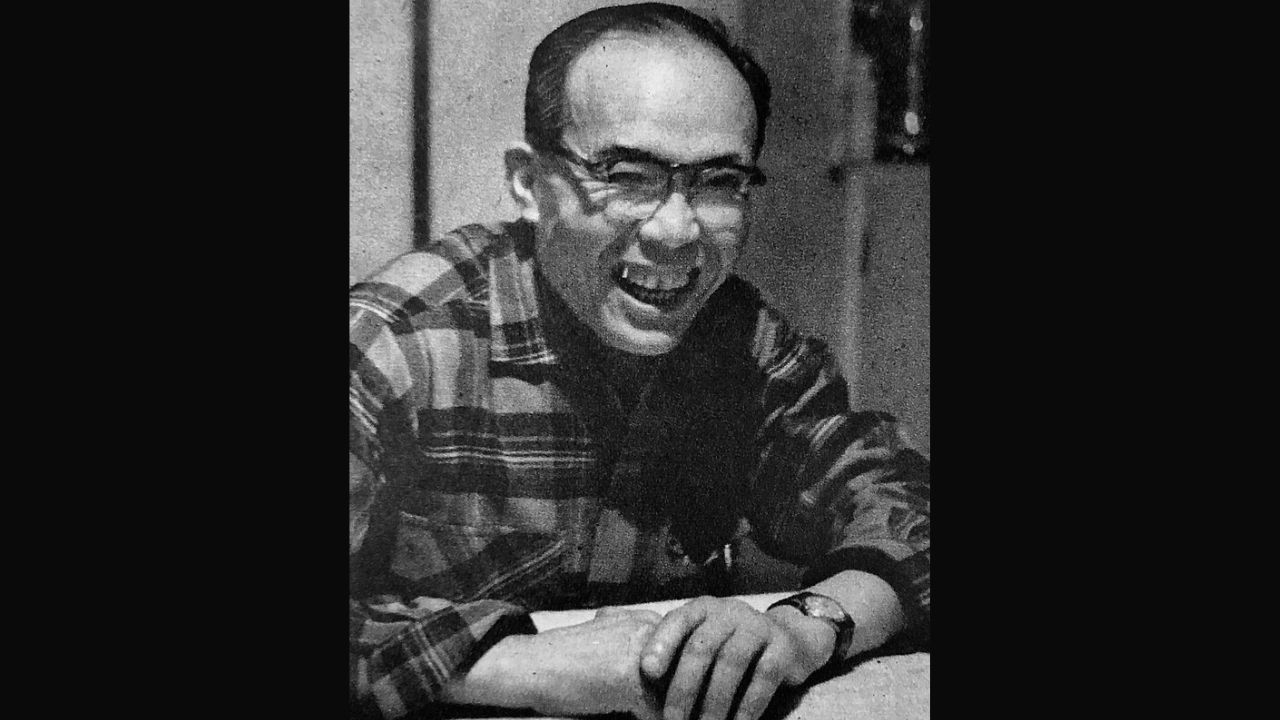
Soichiro Honda started with piston rings and motorcycles, but his big breakthrough came post-WWII when he founded Honda Motor Co. in 1948. His obsession with engineering precision and efficiency pushed the company into the car world by the 1960s.
Honda’s approach was practical but daring. He built small, reliable cars that undercut the competition and challenged norms. By the 1980s, Honda was a global force, and its VTEC engines became engineering legends. Soichiro’s legacy is still evident in every Civic, Accord, and screaming Type R.
Ferdinand Porsche – Porsche
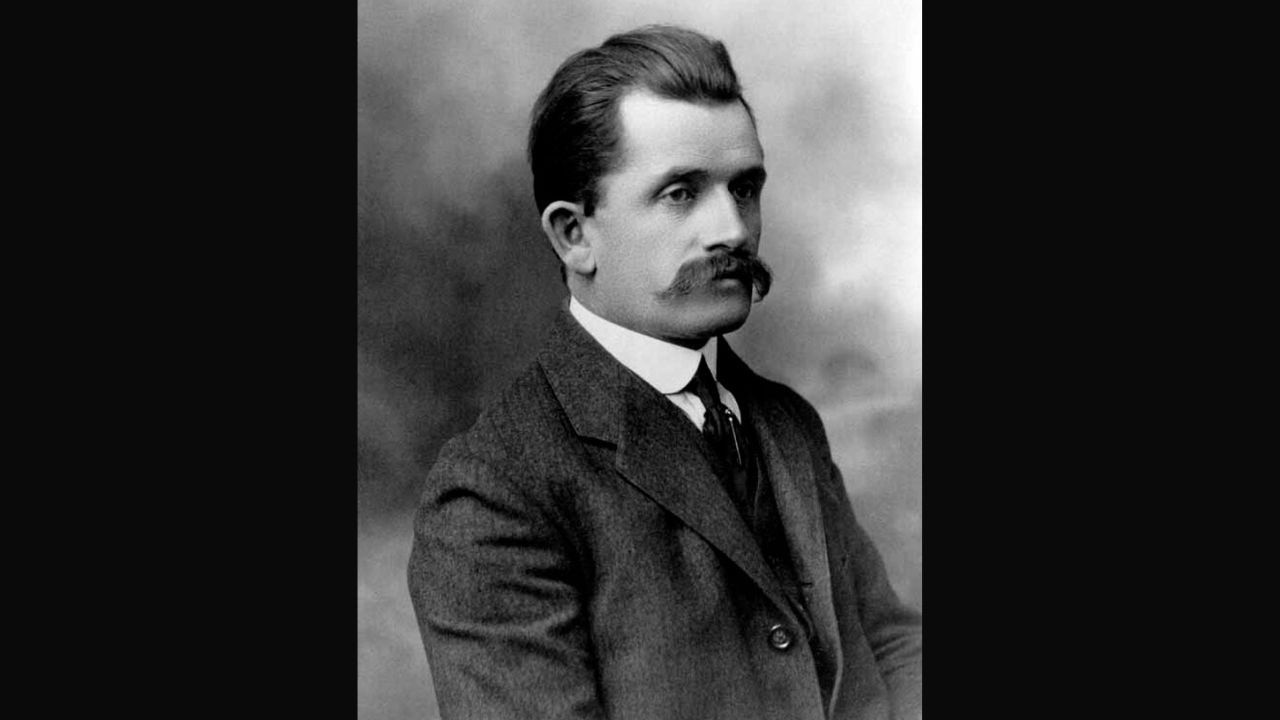
Ferdinand Porsche was already an accomplished engineer before starting his own company. He helped design the original Volkswagen Beetle, but in 1948, his name became a brand with the Porsche 356. Lightweight, fast, and nimble, it set the tone for what Porsche would become.
Ferdinand’s obsession with balance and performance led to the development of the 911, a car that’s defined the brand for six decades. Today, Porsche still draws from his original ideas—blending engineering prowess with driving emotion in a way few others can.
Ferruccio Lamborghini – Lamborghini
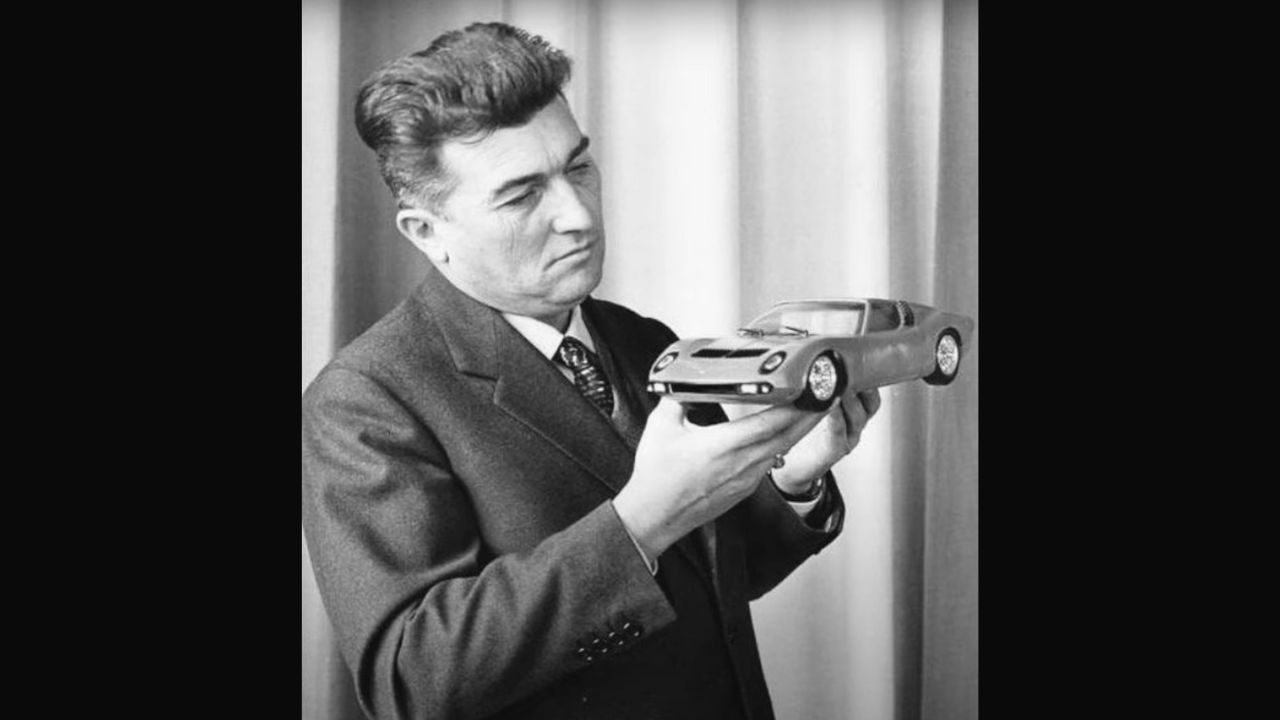
Ferruccio Lamborghini made his money building tractors after WWII, but by the 1960s, he wanted more—specifically, a better grand tourer than Ferrari offered. After a famously tense encounter with Enzo Ferrari, Ferruccio founded Automobili Lamborghini in 1963.
His first car, the 350 GT, was refined and powerful, but it was the Miura that made waves. With a mid-engine layout and radical looks, it rewrote the rulebook for supercars. Ferruccio’s drive to outdo Ferrari gave birth to one of the most flamboyant and revered brands in the world.
Kiichiro Toyoda – Toyota
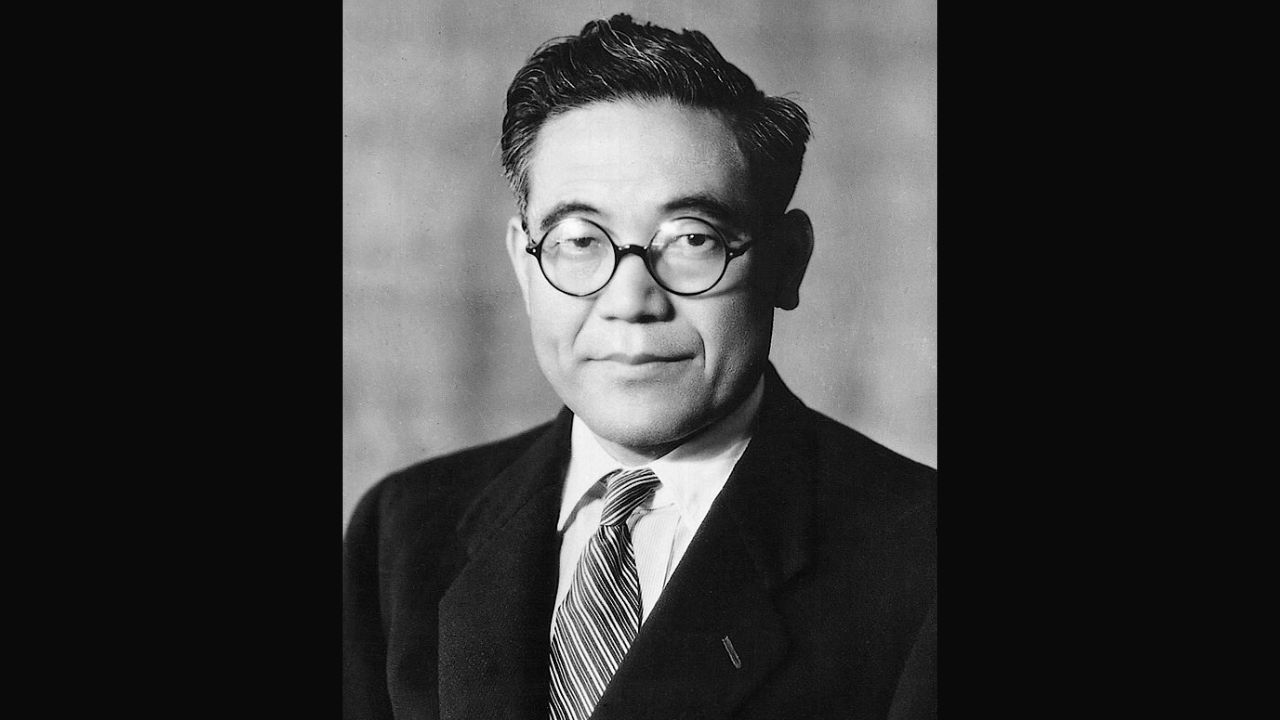
Kiichiro Toyoda, the son of an inventor, shifted his family’s loom business into auto manufacturing during the 1930s. He founded Toyota Motor Corporation in 1937 and guided it through its early years with a focus on quality, innovation, and long-term thinking.
Under Kiichiro’s leadership, Toyota survived war, shortages, and setbacks to become one of the world’s largest automakers. His push for in-house engine development and continuous improvement laid the groundwork for the company’s global reputation for reliability.
André Citroën – Citroën
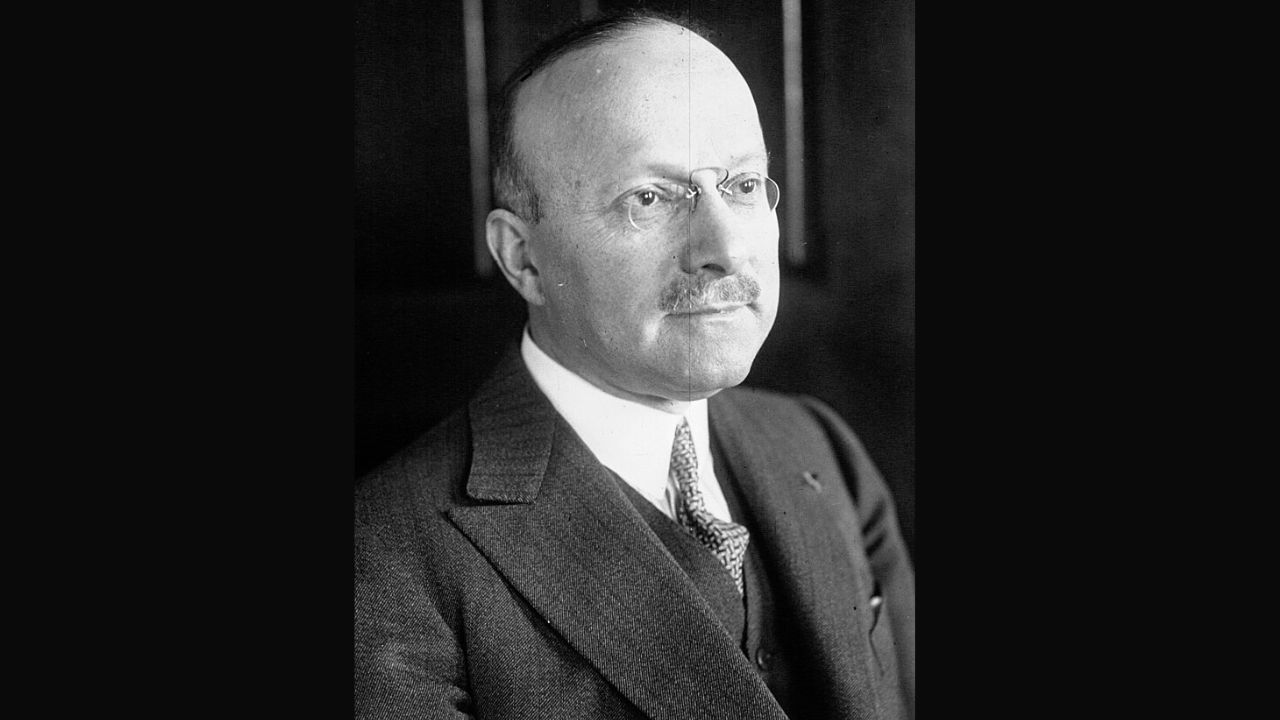
André Citroën was a French industrialist who believed cars should be practical, affordable, and technically advanced. After working in gear manufacturing and military production, he launched Citroën in 1919 with the Type A—Europe’s first mass-produced car.
He was a risk-taker, pushing out innovations like front-wheel drive, all-steel bodies, and hydropneumatic suspension. Citroën became known for unconventional designs and engineering experiments, many of which influenced the industry long after André was gone. His name still evokes a spirit of French design and bold thinking.
Walter Chrysler – Chrysler Corporation
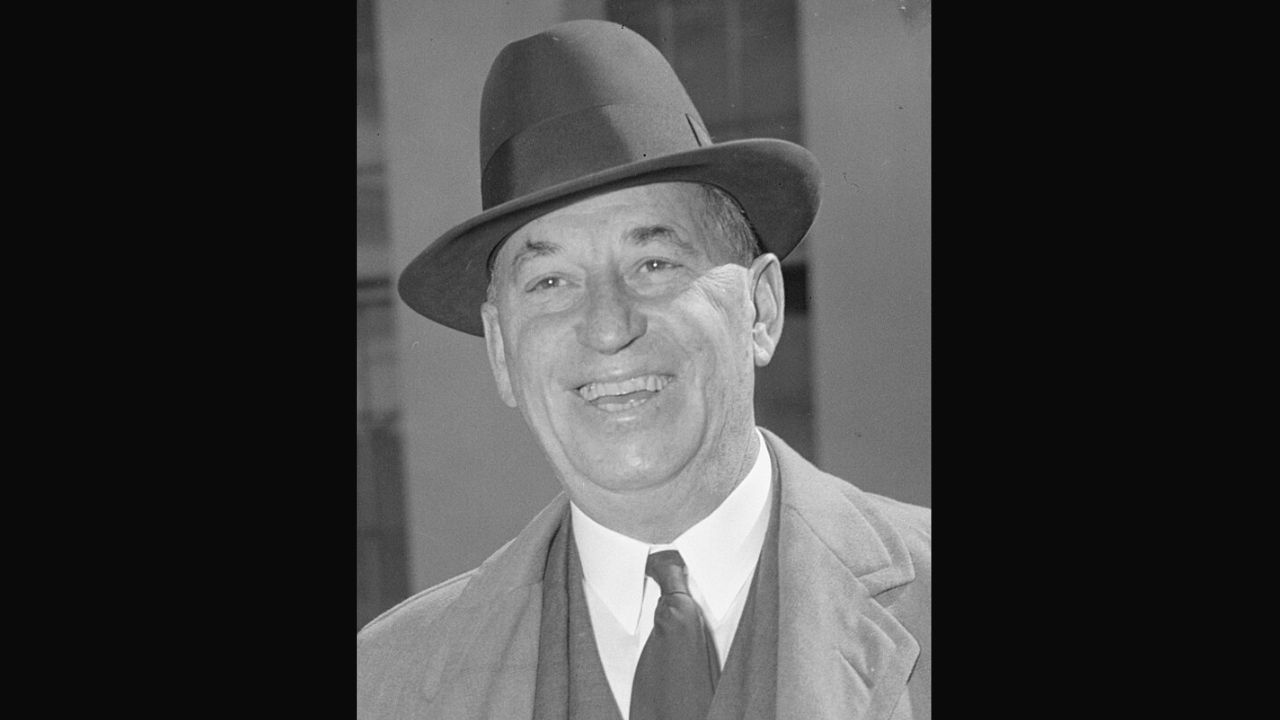
Walter Chrysler started as a railroad mechanic before moving into the car business with Buick. In 1925, he founded the Chrysler Corporation, aiming to deliver high-quality vehicles at a moderate price. The company quickly made a name for itself through engineering advancements.
Under his watch, Chrysler introduced innovations like four-wheel hydraulic brakes and advanced engines. His leadership also led to the creation of Dodge, DeSoto, and Plymouth brands. Walter’s legacy lives on in the Mopar faithful and the muscle cars that still carry the name.
August Horch – Audi

August Horch started his career with Benz but struck out on his own in 1909 after a disagreement. Since “Horch” means “listen” in German, he named his new company Audi—the Latin translation. It was an early flex in branding.
Audi gained traction with performance and engineering precision. Though it went through mergers and WWII disruptions, the spirit of August Horch’s technical focus carried on. Today, Audi sits at the forefront of modern performance and design, but it all started with one engineer and a play on words.
Like what you read? Here’s more by us:
*Created with AI assistance and editor review.

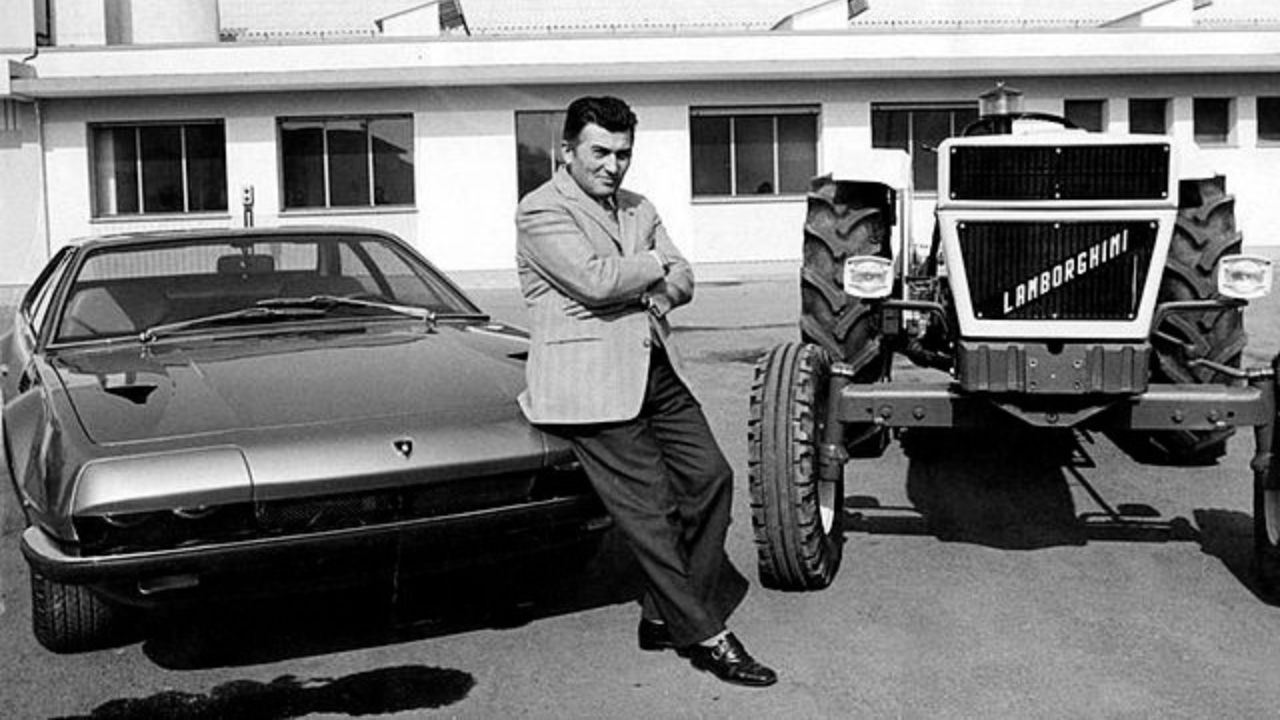
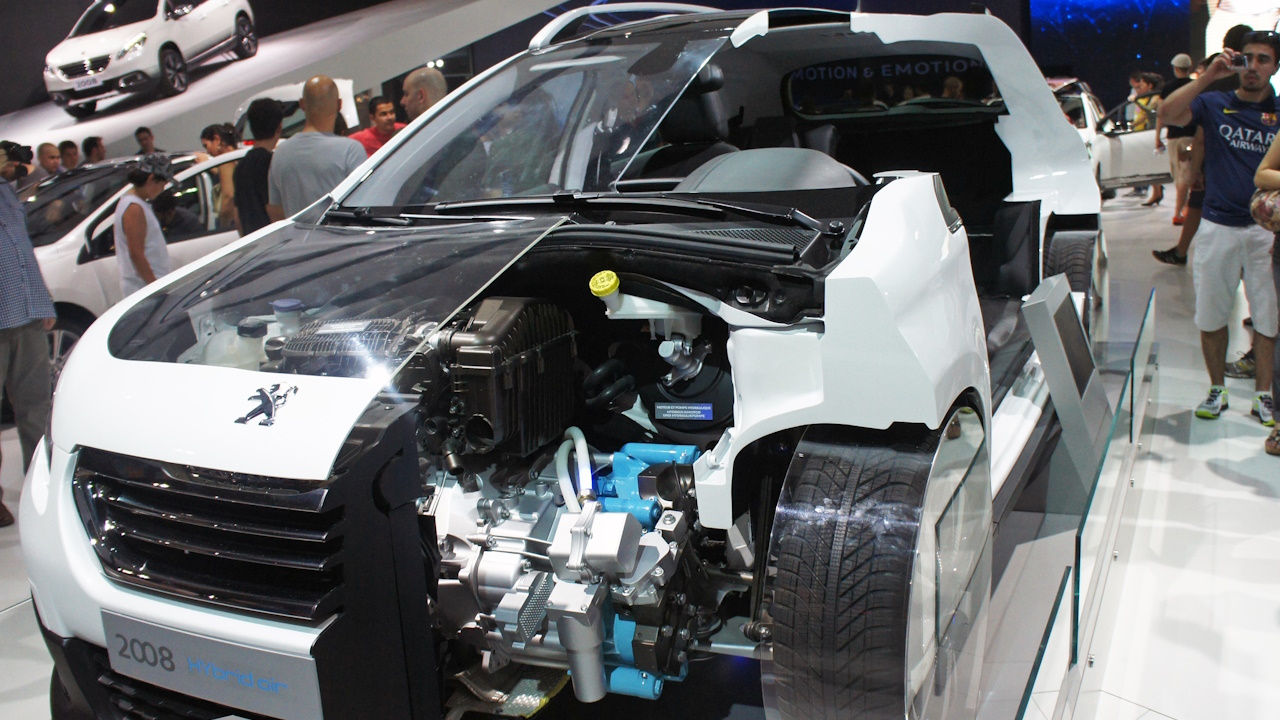
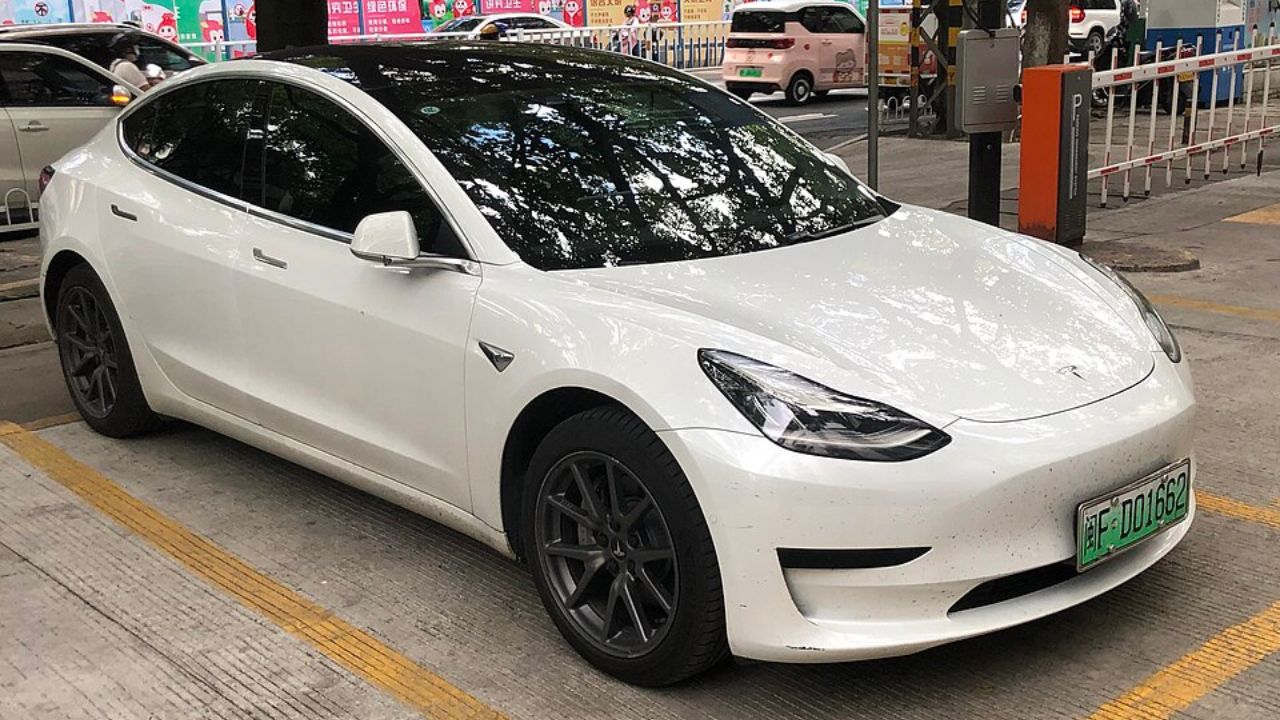
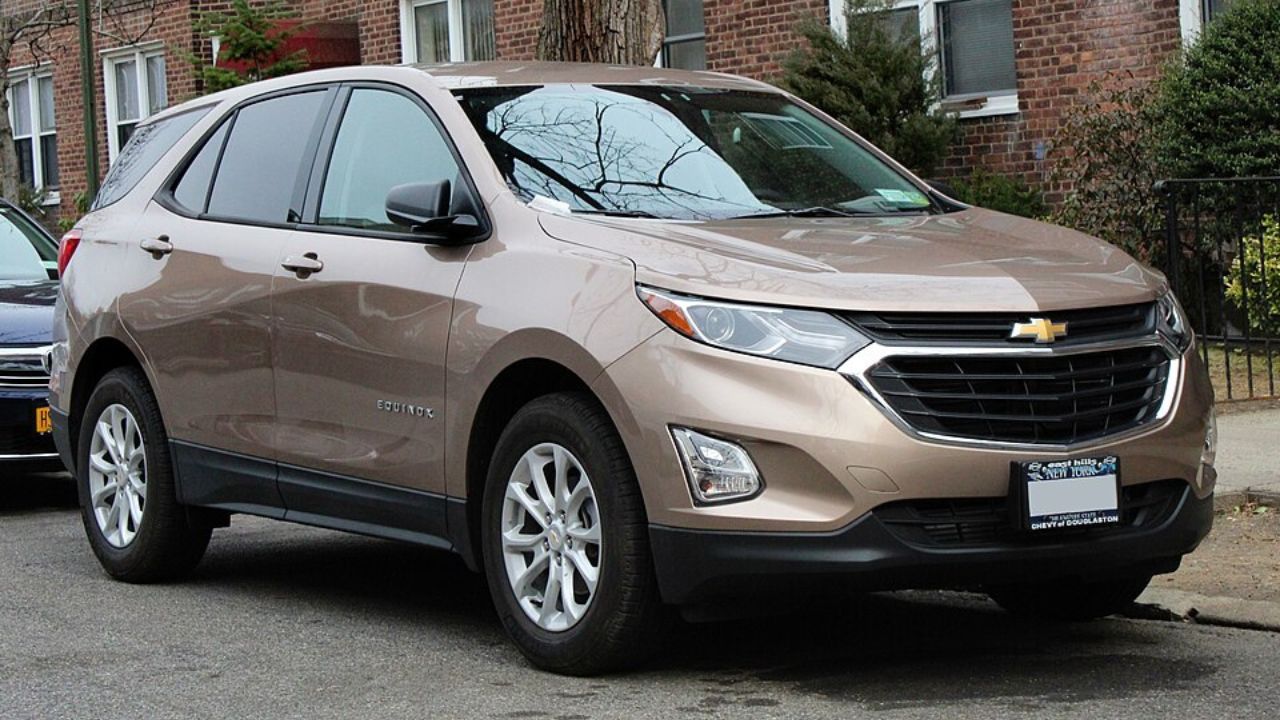

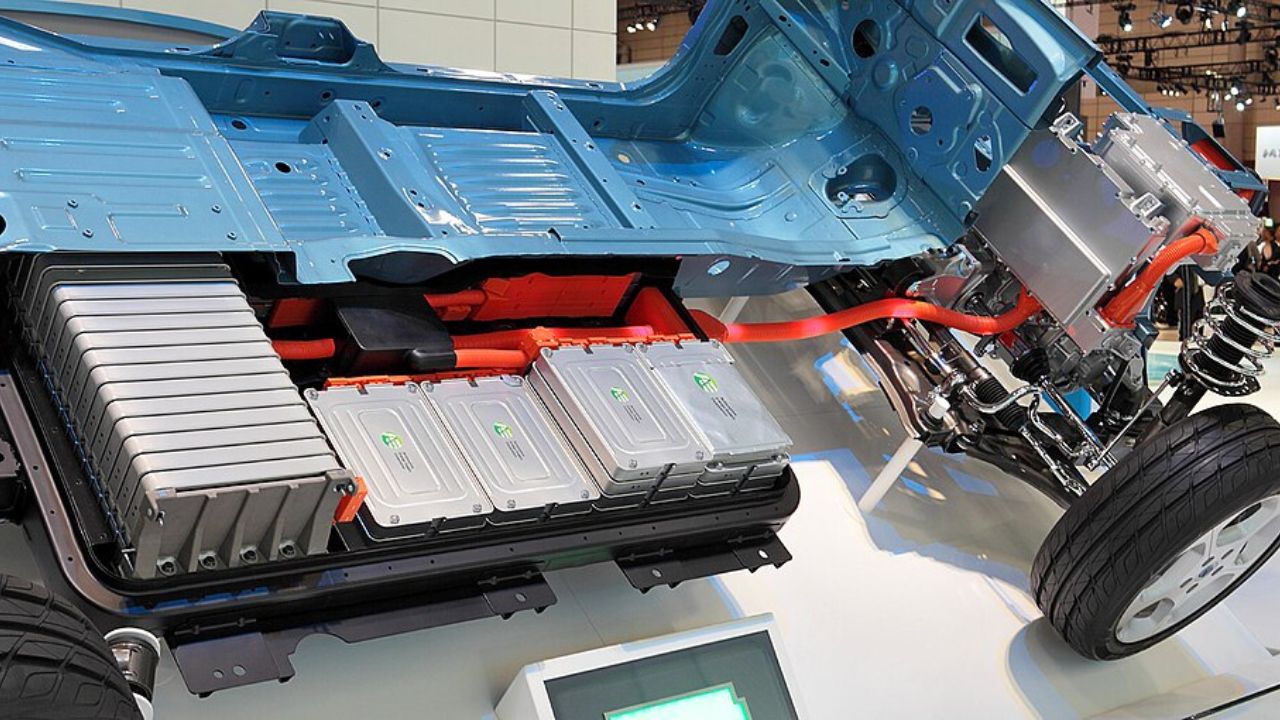
Leave a Reply